
History and Overview of Psychosis
In the mid 1800s, the term psychosis was first applied to describe various manic states and the state of insanity or madness. During this period, the term neurosis was utilized to explain the anomalies of the brain and the nervous system whereas psychosis detailed the disturbances of the mind. Kraepelin attempted to categorize mental disorders based on the symptoms they shared that had previously been outlined by psychiatrists during the same time period. Kraepelin was mostly focused on mood disorders and schizophrenia. The mood disorders were divided primarily into depression and bipolar disorder. In addition, many individuals who are affected by such a disorder are known to experience various types of psychotic episodes which include delusional thinking and hallucinations. On the other hand, patients suffering from schizophrenia have much more frequent psychotic instances during which they lose touch with reality. In many cases, they hold faulty beliefs which cannot be disputed with logical evidence. Further, they experience sensory perception without stimuli. Any of the five senses can be involved, and in many cases patients see individuals who are not present or hear voices which pose judgement of their behavior and thoughts. Kraepelin also noticed that individuals affected by the mood disorders do not need to be medicated in order to be free of the psychotic symptoms whereas the schizophrenic patients require medications. During the latter part of the 20th century, many viewed psychosis as a way of expressing one’s view of reality, rather than as a sign of psychological disturbance. Many equated symptoms of psychosis with mystical and spiritual experiences. Experts stirred away from diagnosing individuals as psychotic as not to label them in a way preferred by the mainstream society, when they were in fact only expressing their different views of reality. From the 1970s onward, many clinicians have been focusing on the recovery of patients suffering from psychosis. They firmly believed that mental illnesses do not necessarily need to be present during the whole life but instead can be cured with adequate effort and support.
How to Manage Psychosis
Diagnosing psychosis consists of two parts, which are the identifying the underlying illness or condition which is causing the symptoms in the first place, and assessing the frequency and severity with which the psychotic episodes occur. Medical care professionals who are most likely to be assessing and diagnosing individuals affected by psychotic symptoms are psychiatrists. A formal diagnostic process consists of administering a battery of tests, one of them being The Brief Psychiatric Rating Scale. The tests are designed to evaluate the symptoms such as hallucinations, aggression, suspicion, and so on. Many clinicians also observe their patient’s behavior over a period of a couple of days. Any kind of input pertaining to the psychotic symptoms provided by family members of caregivers is always valuable in the initial stages of diagnosis and treatment. When it comes to determining the causes of psychosis, they usually stem from various types of illnesses such as nervous or endocrine system disorders, substance abuse, metabolic anomalies, and so on. Subsequently, the course of treatment depends on the underlying reasons for psychotic episodes. In most cases, the first line of treatment includes antipsychotic medications and major tranquilizers. The aim of the tranquilizers is to reduce the severity and frequency of symptoms rather than only to sedate the patient. In some cases, a psychotic individual needs to be hospitalized before further therapy can begin. As is the case with any kind of mental disturbance, a combination of medications and psychotherapy yields the most favorable results. Family as well as cognitive behavioral therapy have been employed most often to treat individuals suffering from psychosis. In instances when a patient is not responding to medications shock treatments are applied to alleviate the symptoms and in turn stabilize the individual. When it comes to schizophrenia induced psychosis, there has been a substantial amount of research suggesting that animal-assisted therapy amends the condition.
Severe Mental Condition
Psychosis is a very debilitating psychological disturbance for which the treatment needs to start as early as possible. During the early stages of development of psychosis a multidisciplinary approach consisting of medications, psychotherapy, shock therapy, and support from close family members and friends has shown to substantially improve the long term prognosis for the individual. Regular use of psychotherapy can diminish the possibility of an onset or at least interrupt it. Research has shown that the condition of an affected individual degenerates quickly during the beginning of the syndrome, so early intervention is crucial for stabilizing the patient in the long run. The main aims of treatment include reduction of the symptoms, prevention of relapse as well as helping the individual get back to living a normal life, but it should be noted that if left untreated, psychosis can lead to devastating consequences which in many cases include suicide.





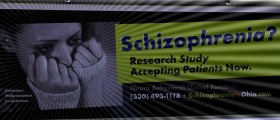


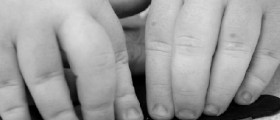

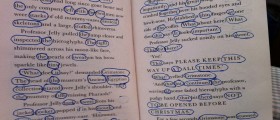




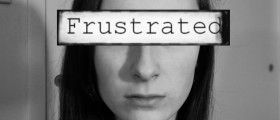
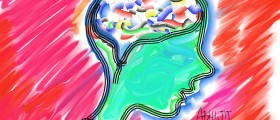
Your thoughts on this
Loading...